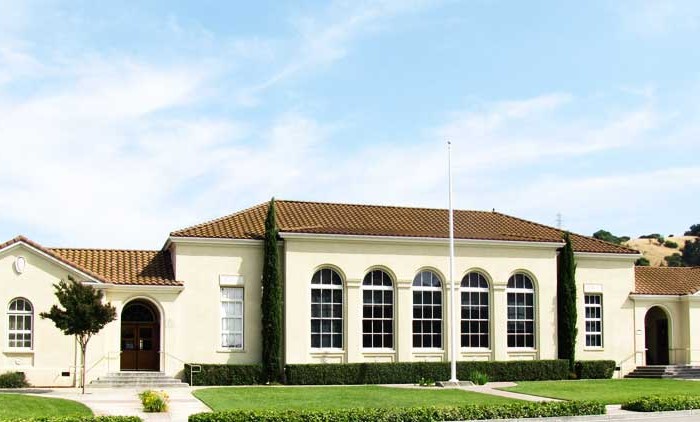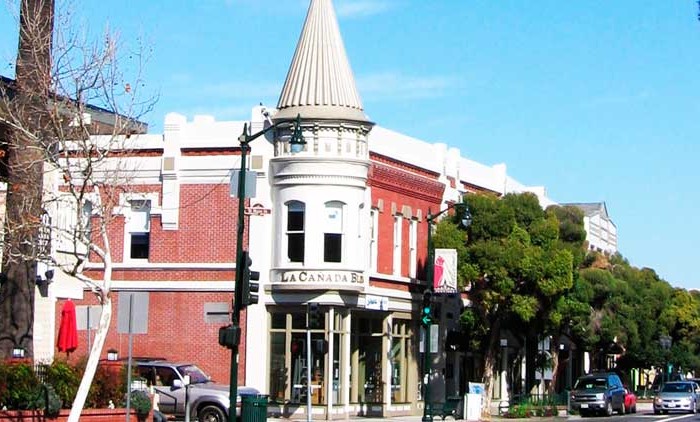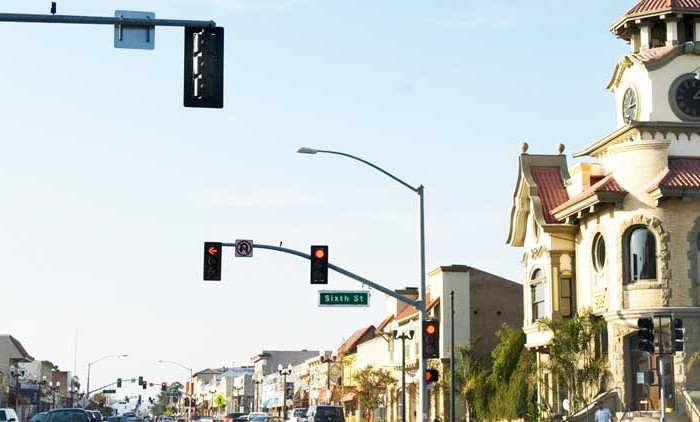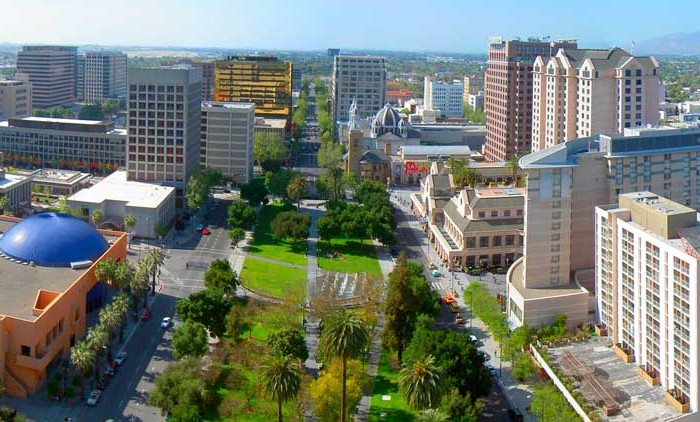Homes, condos and land for sale and rent in San Jose, CA
Before the arrival of the Spanish, the area around San Jose was inhabited by the Ohlone people. San Jose was founded on November 29, 1777, as San José de Guadalupe, the first civilian town in the Spanish colony of Alta California. The city served as a farming community to support Spanish military installations at San Francisco and Monterey. When California gained statehood in 1850, San Jose became the capital.
After more than 150 years as a small farming community, the San Jose area in the mid-20th century contained some of the last undeveloped land near San Francisco Bay. It then began to experience rapid population growth, much of it coming from veterans returning from World War II. San Jose then continued its aggressive expansion during the 1950s and 1960s by annexing more land area. The rapid growth of the high-technology and electronics industries further accelerated the transition from an agricultural center to an urbanized metropolitan area.
By the 1990s, San Jose’s location within the booming local high tech industry earned the city the nickname “Capital of Silicon Valley”. San Jose is now considered to be a global city, and notable for its affluence and high cost of living. The U.S. Census Bureau estimated the population of the city to be 1,015,785 as of July 1, 2014.
San Jose lies between the San Andreas Fault, the source of the 1989 Loma Prieta earthquake, and the Calaveras Fault. San Jose is shaken by moderate earthquakes on average one or two times a year. These quakes originate just east of the city on the creeping section of the Calaveras Fault, which is a major source of earthquake activity in Northern California. On April 14, 1984, at 1:15 pm, local time a 6.2 magnitude earthquake struck the Calaveras Fault near San Jose’s Mount Hamilton. The most serious earthquake, in 1906, damaged many buildings in San Jose as described earlier. Earlier significant quakes rocked the city in 1839, 1851, 1858, 1864, 1865, 1868, and 1891. The Daly City Earthquake of 1957 caused some damage. The Loma Prieta earthquake of 1989 also did some damage to parts of the city. The other faults near San Jose are the Monte Vista Fault and the Hayward Fault Zone.
The lowest point in San Jose is 13 feet (4 m) below sea level at the San Francisco Bay in Alviso; the highest is 2,125 feet.
The monthly daily average temperature ranges from around 50 °F (10 °C) in December and January to around 70 °F (21 °C) in July and August. The highest temperature ever recorded in San Jose was 114 °F (46 °C) on June 14, 1961; the lowest was 19 °F (−7 °C) on December 22–23, 1990. On average, there are 2.7 nights annually where the temperature lowers to or below the freezing mark, and 16 days where the high reaches or exceeds 90 °F (32 °C). Diurnal temperature variation is far wider than along the coast or in San Francisco but still a shadow of what is seen in the Central Valley.
The census reported that 932,620 people (98.6% of the population) lived in households, 9,542 (1.0%) lived in non-institutionalized group quarters, and 3,780 (0.4%) were institutionalized. There were 301,366 households, out of which 122,958 (40.8%) had children under the age of 18 living in them, 162,819 (54.0%) were opposite-sex married couples living together, 37,988 (12.6%) had a female householder with no husband present, 18,702 (6.2%) had a male householder with no wife present. There were 16,900 (5.6%) unmarried opposite-sex partnerships, and 2,458 (0.8%) same-sex married couples or partnerships. 59,385 households (19.7%) were made up of individuals and 18,305 (6.1%) had someone living alone who was 65 years of age or older. The average household size was 3.09. There were 219,509 families (72.8% of all households); the average family size was 3.54.
The age distribution of the city was as follows: 234,678 people (24.8%) were under the age of 18, 89,457 people (9.5%) aged 18 to 24, 294,399 people (31.1%) aged 25 to 44, 232,166 people (24.5%) aged 45 to 64, and 95,242 people (10.1%) who were 65 years of age or older. The median age was 35.2 years. For every 100 females there were 101.1 males. For every 100 females age 18 and over, there were 99.8 males.
There were 314,038 housing units at an average density of 1,745.0 per square mile (673.7/km²), of which 176,216 (58.5%) were owner-occupied, and 125,150 (41.5%) were occupied by renters. The homeowner vacancy rate was 1.6%; the rental vacancy rate was 4.3%. 553,436 people (58.5% of the population) lived in owner-occupied housing units and 379,184 people (40.1%) lived in rental housing units.
National Hispanic University, with an enrollment of 600, offers associate and bachelor’s degrees and teaching credentials to its students, focusing on Hispanic students.
California University of Management and Technology (CALMAT) offers many degree programs, including MBA, Computer Science, Information Technology. Most classes are offered both online and in the downtown campus. Many of the students are working professionals in the Silicon Valley.
Lincoln Law School of San Jose and University of Silicon Valley Law School offer law degrees, catering to working professionals.
National University maintains a campus in San Jose.
The San Jose campus of Golden Gate University offers business bachelor and MBA degrees.
San Jose’s community colleges, San Jose City College, West Valley College, Mission College and Evergreen Valley College, offer associate degrees, general education units to transfer to CSU and UC schools, and adult and continuing education programs. The West campus of Palmer College of Chiropractic is also located in San Jose.
WestMed College is headquartered in San Jose and offers paramedic training, emergency medical technician training, and licensed vocational nursing programs.
The University of California, Santa Cruz operates Lick Observatory atop Mount Hamilton.
Western Seminary has one of its four campuses in San Jose, which opened on the campus of Calvary Church of Los Gatos in 1985. The campus relocated in 2010 to Santa Clara. Western is an evangelical, Christian graduate school that provides theological training for students who hope to serve in a variety of ministry roles including pastors, marriage and family therapists, educators, missionaries and lay leadership. The San Jose campus offers four master’s degrees, and a variety of other graduate-level programs.
Other cities in Santa Clara County
Morgan Hill Real Estate for sale and rent
Homes, condos and land for sale and rent in Morgan Hill, CA Morgan Hill is a city in Santa Clara County, California, at the southern tip of Silicon Valley, in the San Francisco Bay Area. [...]
Los Gatos Real Estate for sale and rent
Homes, condos and land for sale and rent in Los Gatos, CA Los Gatos is an incorporated U.S. town in Santa Clara County, California. The population is 30,391 according to the 2013 United States Census [...]
Gilroy Real Estate for sale and rent
Homes, condos and land for sale and rent in Gilroy, CA Gilroy is a city located in Northern California's Santa Clara County. The city's population was 48,821 at the 2010 United States Census. Gilroy is [...]
San Jose Real Estate for sale and rent
Homes, condos and land for sale and rent in San Jose, CA San Jose, originally Pueblo de San José de Guadalupe and officially the City of San José, is the third-largest city by population in [...]




